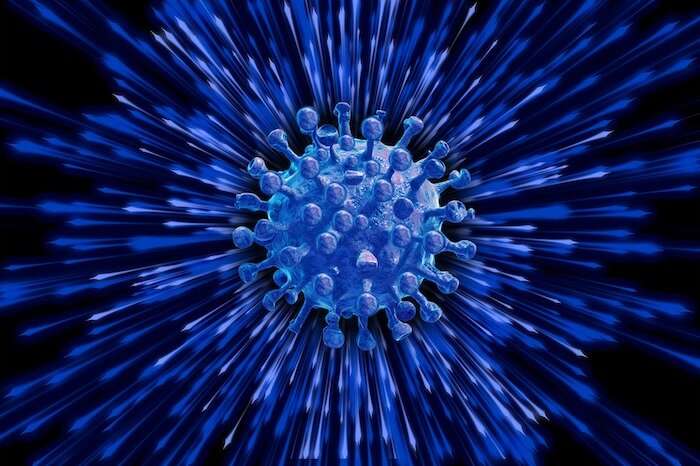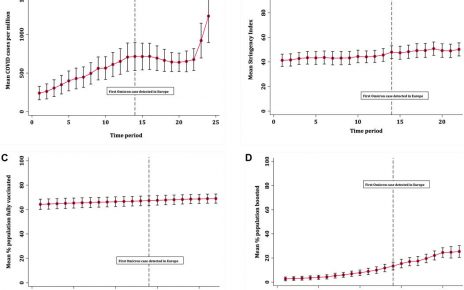
Viruses are sneaky little pathogens that can wreak havoc on the human body before our immune system knows how to destroy them. Armed with machine learning tools, we can outsmart them by speeding up the process of developing antibodies.
In his laboratory at Carnegie Mellon University’s Department of Mechanical Engineering, Amir Barati Farimani develops algorithms that can infer, learn, and predict mechanical systems based on data. While he investigates a range of topics from fluid mechanics and heat transfer to material discovery and robotics, he also researches human health and bioengineering challenges.
With the outbreak of the COVID-19 pandemic, Barati Farimani quickly shifted his lab’s focus to SARS-CoV-2. Having used machine learning tools previously to study antibodies for viruses like Ebola and HIV, he wanted to take a closer look at the novel coronavirus.
Currently, scientists use computational and physics-based models to screen thousands of antibody sequences. Expensive and time consuming, these models also require information that we do not yet have about SARS-CoV-2.
“This is where machine learning can do the heavy lifting,” said Barati Farimani. “Not only can it ‘learn’ the complex antigen-antibody interactions much more quickly than the current screening methods, it can also beat the human immune system in response time.”
The research team combined available biological data on other infectious viruses into a dataset they named VirusNet. They then used this set to train machine learning models, selecting the best-performing model to screen thousands of potential antibody candidates.
The model ultimately identified eight stable antibodies that were highly efficient in neutralizing SARS-CoV-2. The findings were posted in a preliminary report on the biology pre-print server bioRxiv so that other researchers would have access to the information as soon as possible.
“Our goal is to save lives,” said Barati Farimani. “Sharing our preliminary findings now will help others scientists around the world in their work to fight this virus. We have the same goal.”
Source: Read Full Article



